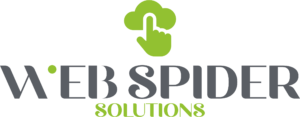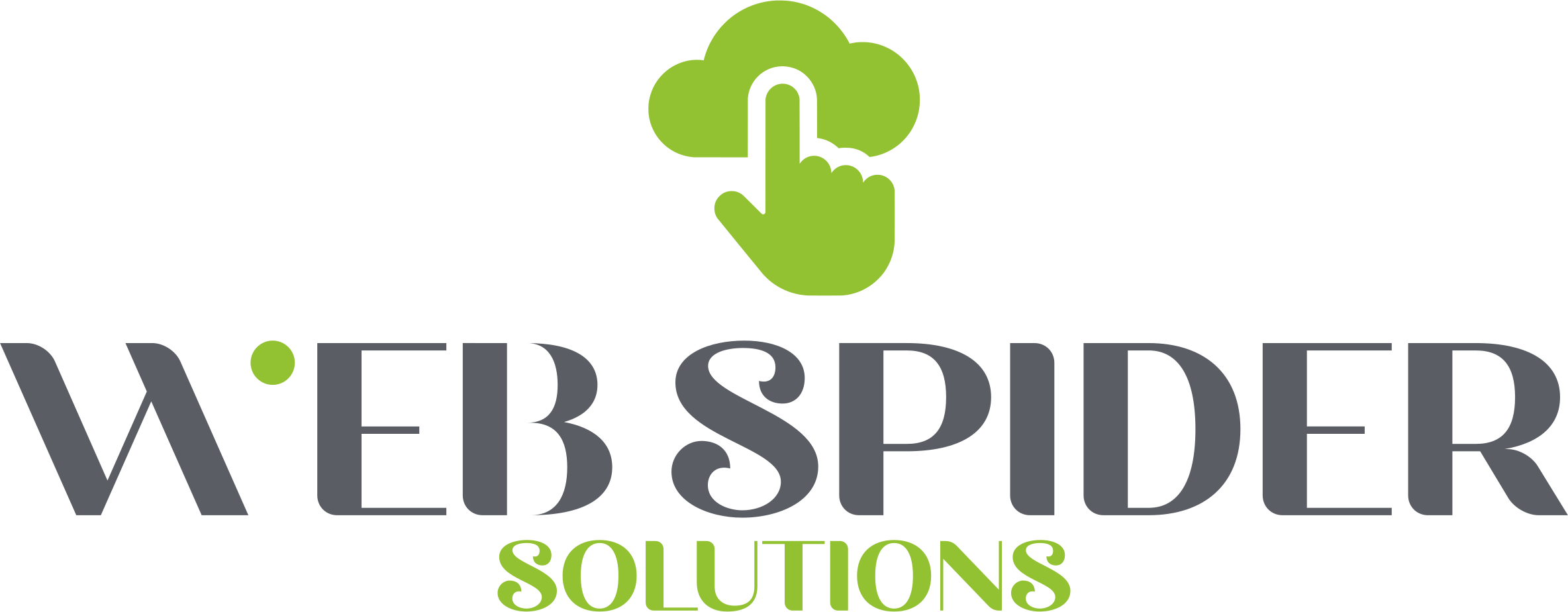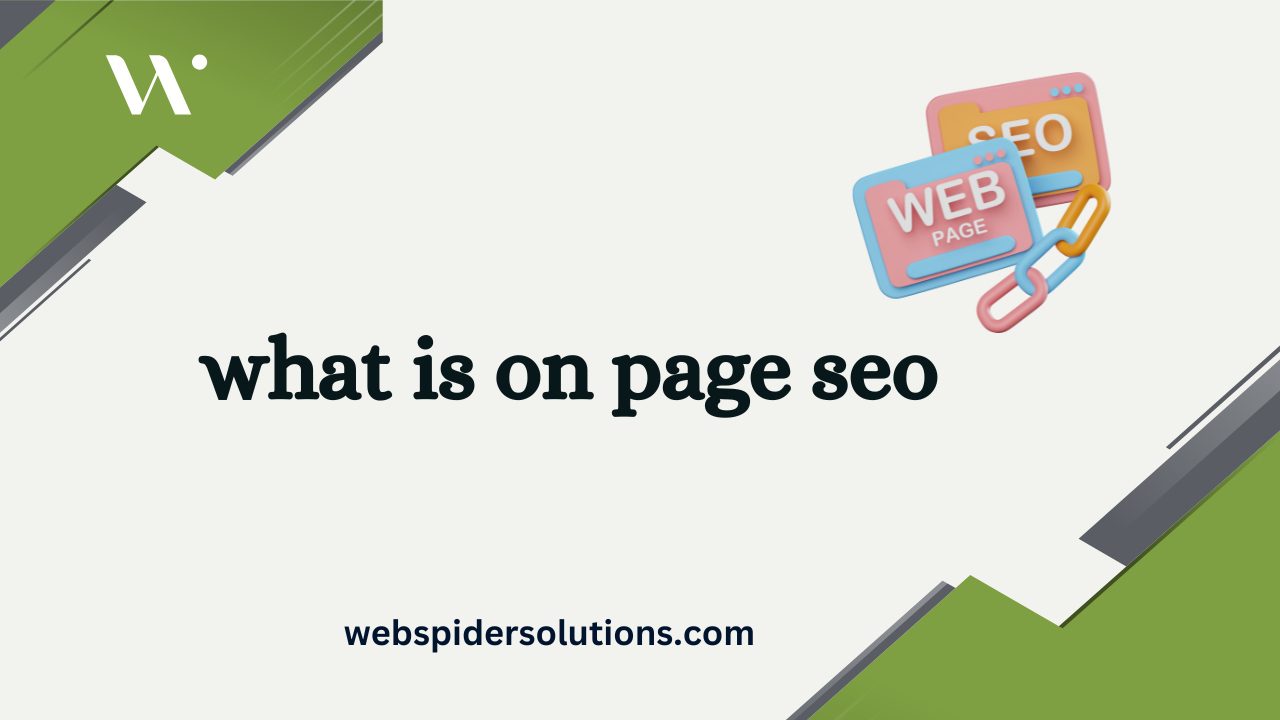On page SEO assessment is one of the important factors that should not be overlooked by any firm that wants to market its products through the internet. It entail’s the alteration and optimization of site properties to enhance the ranking and visibility of a Web site. On page SEO, the factors that are optimized include keyword, meta tags, headings, and internal linking to assist Google to rank the site better. Thus, following on page SEO can help achieve better results of both Your website and Organic Navigation, thus making a positive impact on business performance online.

Understanding On-Page SEO
Definition and Importance
On-page optimization of your website is defined as a set of actions aimed at enhancing its specific web page’s rank and attracting more qualified traffic from a search engine. It entails working on the content, HTML codes and various aspects of the users’ interface. On-page SEO is essential because it provides search engines with more information regarding the content as it’s indexed, making it easier for the target group to find your site. Lack of on-page SEO optimization can actually lead a site to lag behind on the results of the search engine rankings.
Elements of On-Page SEO
It is a group of elements including keywords, meta tags, headings, images, etc. All these factors assist the search engines in crawling and indexing your site as well as deciphering its content correctly. That’s the way when creating a website, it is useful to use keywords on the content part of the page and also on the META tags and the headings, this way the search engine will know what the page is about. The use of accurate image title and description also enhances your page’s visibility whenever a user searches the images.
Another feature of on-page SEO is the development of unique and useful content tailored to audience demand. This depends with the content that you develop, and it must be well organized so as to appeal to the traffic leading to your site and prompt a reaction to the call to action. Moreover, internal linking and the mobile-first approach remain as essential on-page factors affecting the site’s functionality and usability to the visitors.
Content Optimization
Keyword Research and Usage
An outstanding fact about most aspects of on-page SEO is that it is centered on content. One of them relates to the analysis of keywords and their successful use in your material. This means that when you course micro research to discover proper keywords, then you are in a position to know what the targeted group of clients is looking for. This makes it easier to have it ranked well on search engines, by incorporating those keywords in your content appropriately.
Content Quality and Relevance
It is paramount to say that no successful on-page SEO can be effected without, considerate attention to the material presented on the site. Looking at the kind of content that is ranking nowadays, search engines are preferring quality, informative and engaging content that will benefit the users. Writing good content, regarding the subject matter, and fully catering to your audience can improve your SEO.
Another important feature is completeness and relevance of information that requires constant update of the content provided on the site or in the application. This indicates to search engines that your website is active and also relevant this will go a long way in improving your ranking. Also, updating your content means that the information provided on the website is fresh and relevant to the consumers.
In fact, the optimization of content in your website is among the most vital component of your effective on-page SEO. In regards to the keyword research, content quality, relevance and other factors, one can improve the website rank and increase organic search traffic.
On Page SEO, Elements and Components
Finding the Right Title Tags and Meta Descriptions
Their significance can be explained with the help of the information concerning distinct aspects of on-page search engine optimization. Meta title is an HTML tag use to name a specific webpage. They appear in the search engine results page (SERP), as the clickable title. Meta tags, on the other hand, give a short description on the content of the specific web page. These tags must be optimized with proper keywords to get the right traffic in order to increase he click through rates.
Headings and Subheadings
Other important aspects of on-page SEO include the title headings and subheadings. They assist in providing structure to the content so that users as well as the search engines can easily determine how the page is structured. With the help of correct tags that are heading (H1, H2, H3, etc.), you inform search spiders about the significance of various segments of your content.
OnPage
The structure of the URL and the optimization.
In order to achieve better URL structure you should make it short, meaningful and incorporate relevant keywords in the URL. Clean URL also improves the page visibility in search engine and also improve the accessibility of the page. Do not use long URLs with long parameters and special characters that are annoying to users and search engines.
This is because the correct URL structure is very vital for enhancing the on-page SEO of the site as well as for the better navigation of the search engines for your page. It also makes it easy for the users to move around your site and hence improving their experience.
User Experience and On-page Search Engine Optimization: The Relationship Between UX and SEO.
Mobile-Friendliness
The on page SEO factor that is imperative to consider here is the mobile friendiness of your website. Because of the growth in smartphone usage, the importance of creating websites that are mobile-friendly has come into focus for Google. It’s important to appreciate that a site able to adjust to various screen sizes will play a crucial role in its ranking performance on search engines.
Loading Time and Performance of the Page
A good on-page SEO strategy is also dependent on the speed of the page as well as its performance. A site that takes time to load not only makes the user sad and lose interest but also helps in enhancing the search engine ranking. This is particularly important because Google has recently announced that page speed would become one of its ranking factors.
Remembering that, you can use tools such as Google PageSpeed Insights to check and enhance your web page loading time. Some of the ways that can help improve your site’s performance and thus its optimization include: optimizing images, reducing CSS and javascript files, and using a good hosting service.
Optimizing Visual Elements
Image Optimization
It is crucial to improve on-page optimization so it is important to focus on optimizing images when it comes to website design. This will be beneficial when it comes to naming of the files, description of images and videos as well as the captions. Make sure that the name of the file and the alt text are relevant to help the image to be discovered in the image search results.
Video and Multimedia in Learning
Your website’s search engine ranking will increase, alongside the rise of engagement, if you include videos in your posts. This is especially relevant in light of the fact that people tend to stay longer on your site when you have videos and other multimedia content, something that is valued by search engines. When using multimedia, you have to make sure that the content is good, relevant to the topic of the course and it has to be fast for SEO purposes.
It is also suggested to include video transcripts and captions because this will improve the accessibility of the content and its ranking. Additionally, it is recommended that users are interacting with the multimedia content since this could enhance the ranking and visibility of SERPs.
On Page Optimization Techniques to Improve SEO
Schema Markup
Schema Markup makes it possible to give extra details to search engines that help them gain a better understanding of the particulars on the page that is being indexed. Implementation of schema markup in your HTML can make your search listings look more appealing with rich snippets, which will then boost your click through rate and general search results.
Internal Linking Strategies
Here is how Internal Linking Strategies come into play; they allow you to develop a web of connected pages on your website so that search engines can easily locate, crawl and comprehend your content. This will make the site navigation easier and enable the even link equity distribution across the site as well.
This can also assist in setting the order of importance of pages within your site, as to the user and to search engines, what should be considered as the most important pages.
SEO On-page Tools and Resources
SEO Plugins and Tools
Okay, now let’s get into the list of on-page SEO tools and resources that can help you to enhance your site’s search engine ranking. Because of SEO plugins, you can examine your content, including meta tags, headings, and various page elements, to improve the perception of your site by search engines.
On the analysis of On-Page SEO optimization.
This is because there are numerous on page SEO factors which can influence the ranking of your website thus you need to keep on assessing the extent of your success in optimization. To be able to make changes for the better in the SEOPER of a site, using tools that provide information on keyword density, content quality and linking within the page among other factors is a good idea.
It’s also important to think about tracking your progress in addition to considering on-page SEO. It is capable of monitoring several aspects, such as the amount of visitors coming to the site through organic search, the percentage of users who exit the site and the time frame in which users stay during each session.
To wrap up
With regards to on-page SEO, therefore, one need to understand that all the different approaches that are taken and implemented can in fact improve the ranking position of a certain website on the SERPs. Therefore it is possible to increase the organic traffic and also the online visibility of the companies with right management of factors such as content, meta tags, internal linking, and UX. All of these on-page attributes should be watched closely and tweaked with care to allow you to maintain a leading position in the competitive digital environment. If a website is truly intended to rank effectively in search engines, investing time and resources into on-page SEO optimization brings long-term benefits that are worth the effort.
FAQ
Q: What is on-page SEO?
A: Page SEO is the activity of crafting the content of a page with the goal of enhancing its ranking in search engine results.
Q: Why is on-page SEO important?
A: On page SEO is an important aspect of SEO because it enables search engines to identify whatever is contained in a particular website with an aim of presenting it to the users who may be in need of the specific information. Therefore, incorporation of on page SEO techniques will result in increased ranking of the site, increased traffic and increased interaction of the user with the site.
Q: What are the important factors of on-page search engine optimization?
A: Important aspects of on-page SEO include; cleverly including keywords in title tags and meta descriptions, applying headings strategically, crafting exciting and relevant content, ensuring fast site load speeds using improved image technology, and making sure the site is accessible from different mobile devices.
Q: What is the best way to improve my content for on-page SEO?
A: Even today, On Page SEO is a very effective way of optimizing a website and is crucial if the site has to be loaded with quality content that is relevant Integrate keywords into your content, make sure you use the appropriate H1 and H2 headings and include links to internal and external credible sources.
Q: What are some tips on on-page SEO?
A: Some of the on-page best practices include; identifying the best keywords that your target audience use to search for content, creating unique and descriptive meta descriptions for every page, using structured data markup to offer more information to the search engine about the content, and periodically assessing and optimizing on-site factors.











